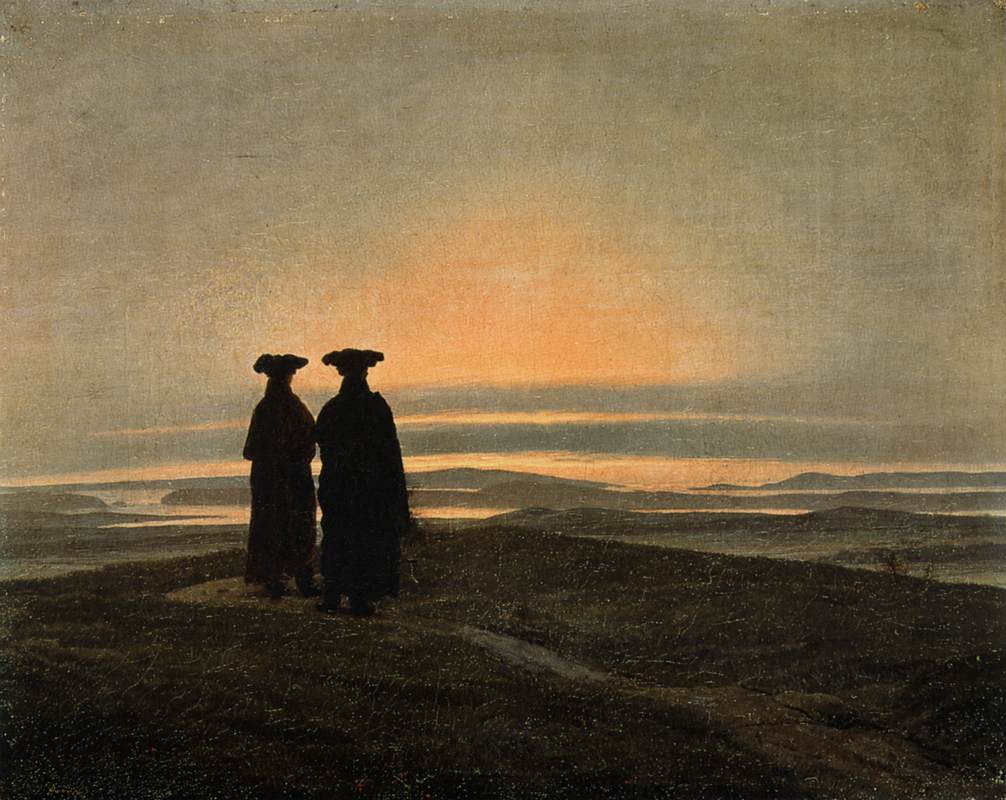Calm • Serenity
The Appeal of Austere Places
Pieter Saenredam was a 17th-century Dutch artist who adored calm, white, minimal interiors, mostly those of churches, of which he painted some twenty-five in his lifetime. A typical Saenredam interior has high ceilings, tall windows, a serene even light and a few distant figures somewhere in a corner or alcove talking in what we can imagine to be a murmur.

Pieter Saenredam, The Interior of the Nieuwe Kerk, Haarlem, seen from the south-west, 1658
In its masterful exploration of a very narrow seam, Saenredam’s work lends itself to a simple psychological enquiry. Why do certain people thrill to his paintings, with the emptiness and the quiet drawing them in and making them long powerfully? And why are many others left cold and even repulsed? Where is the reassuring clamour and bustle, they might ask; where are the colours; why is everything eerily dead?
What can explain our differences in taste is the idea of compensation. We are attracted to things visually that make up for what we’re missing psychologically. Conversely, we are uninterested in elements we already have enough of or that burden our lives. The styles we love in art capture aspirations that are currently under-supported and that we long to bolster. It isn’t that we are presently like the art we love; we just hope to become so.
To be moved by Saenredam’s work is to register that there is too much going on in our lives, that we must simplify and purify our routines, that we need space to process what has happened to us, that we need to shut the door on more things.
We become more complete people when we learn to ask, of any artwork we love, what it might tell us about what is missing from our lives. Beauty isn’t just a pleasing aesthetic response; it’s a call to evolve in a certain direction in a search for contentment and completeness.


















